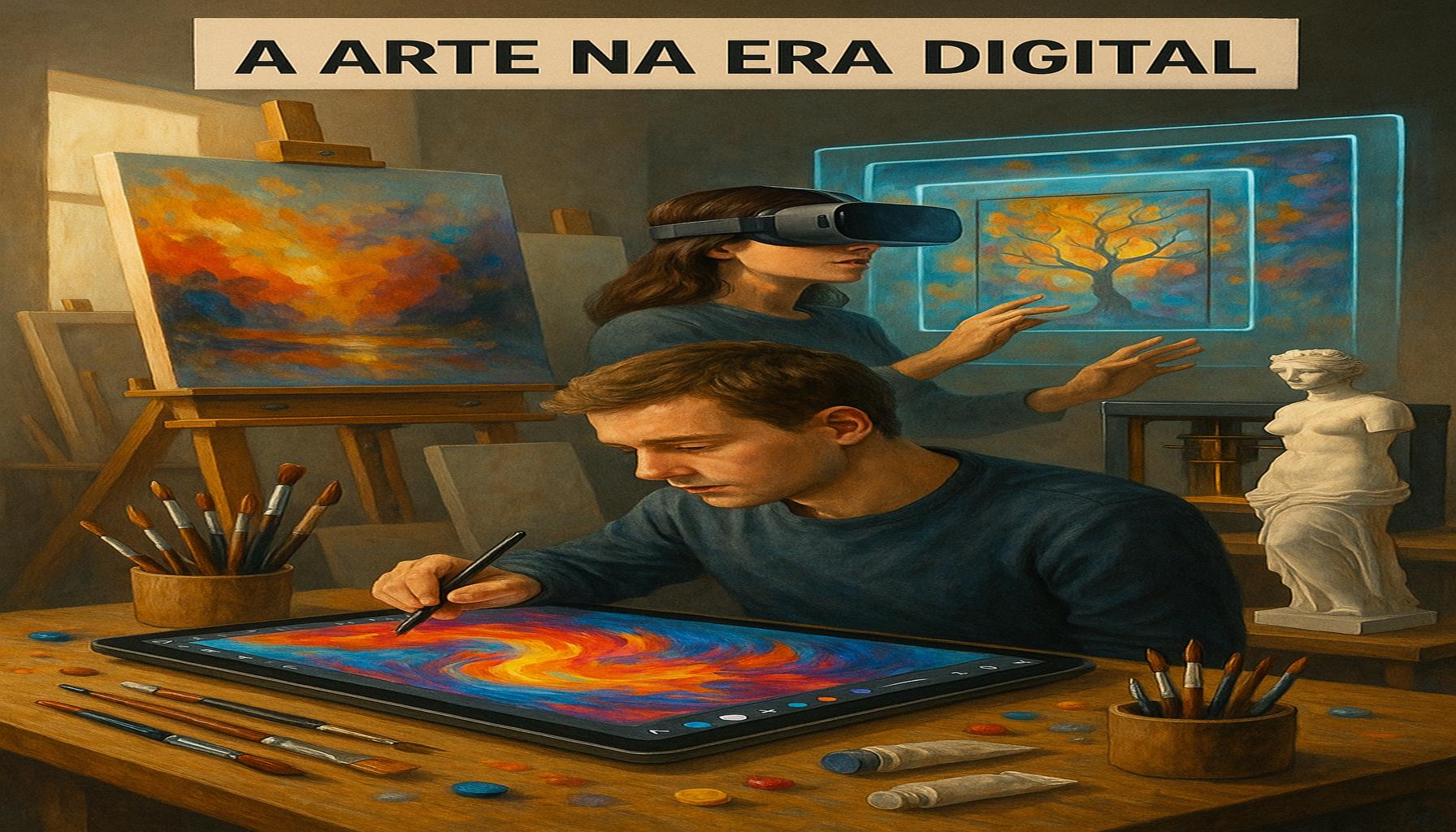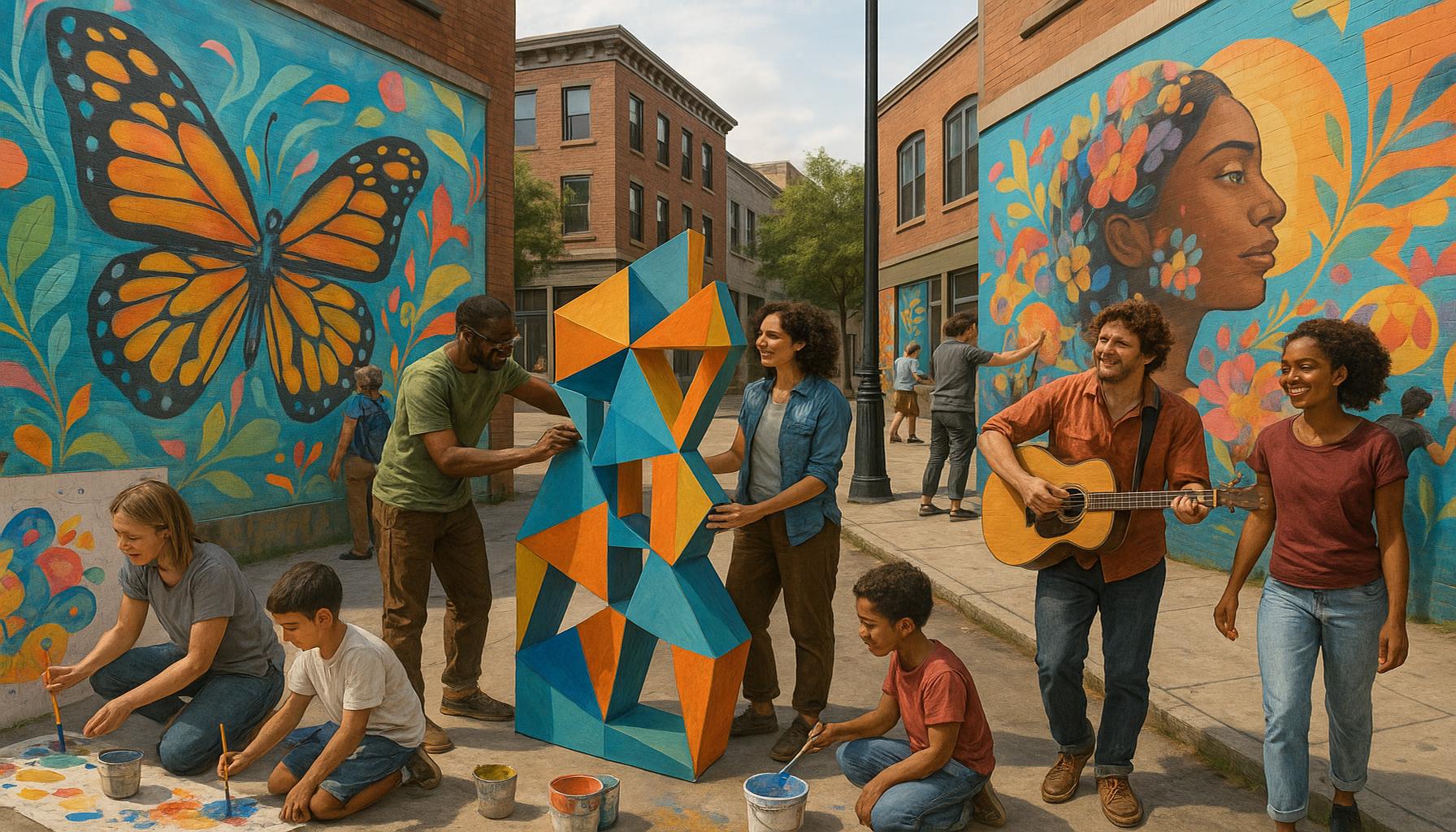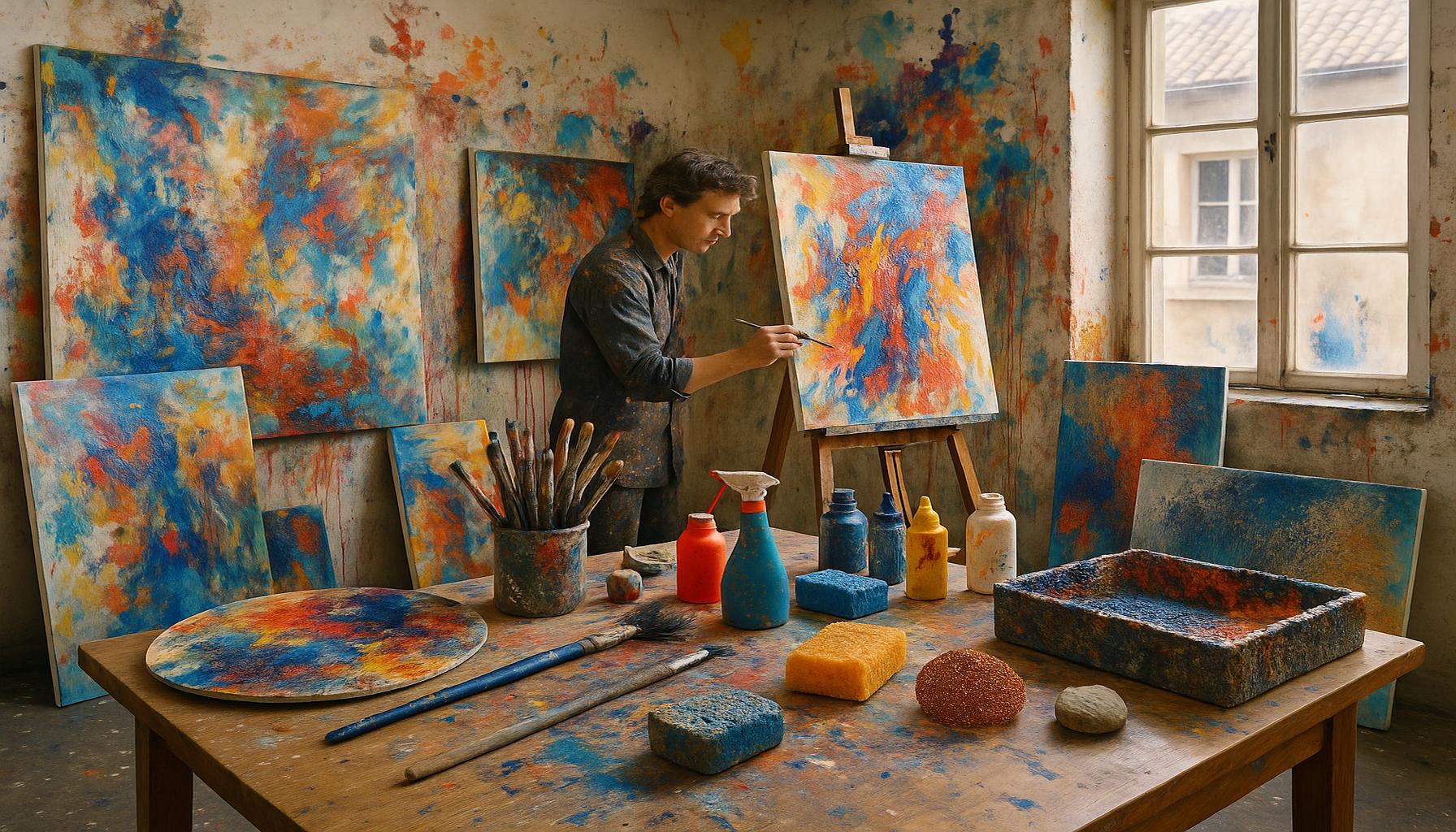Exploring Digital Art: Tools and Techniques for Creating Artwork in the Virtual World
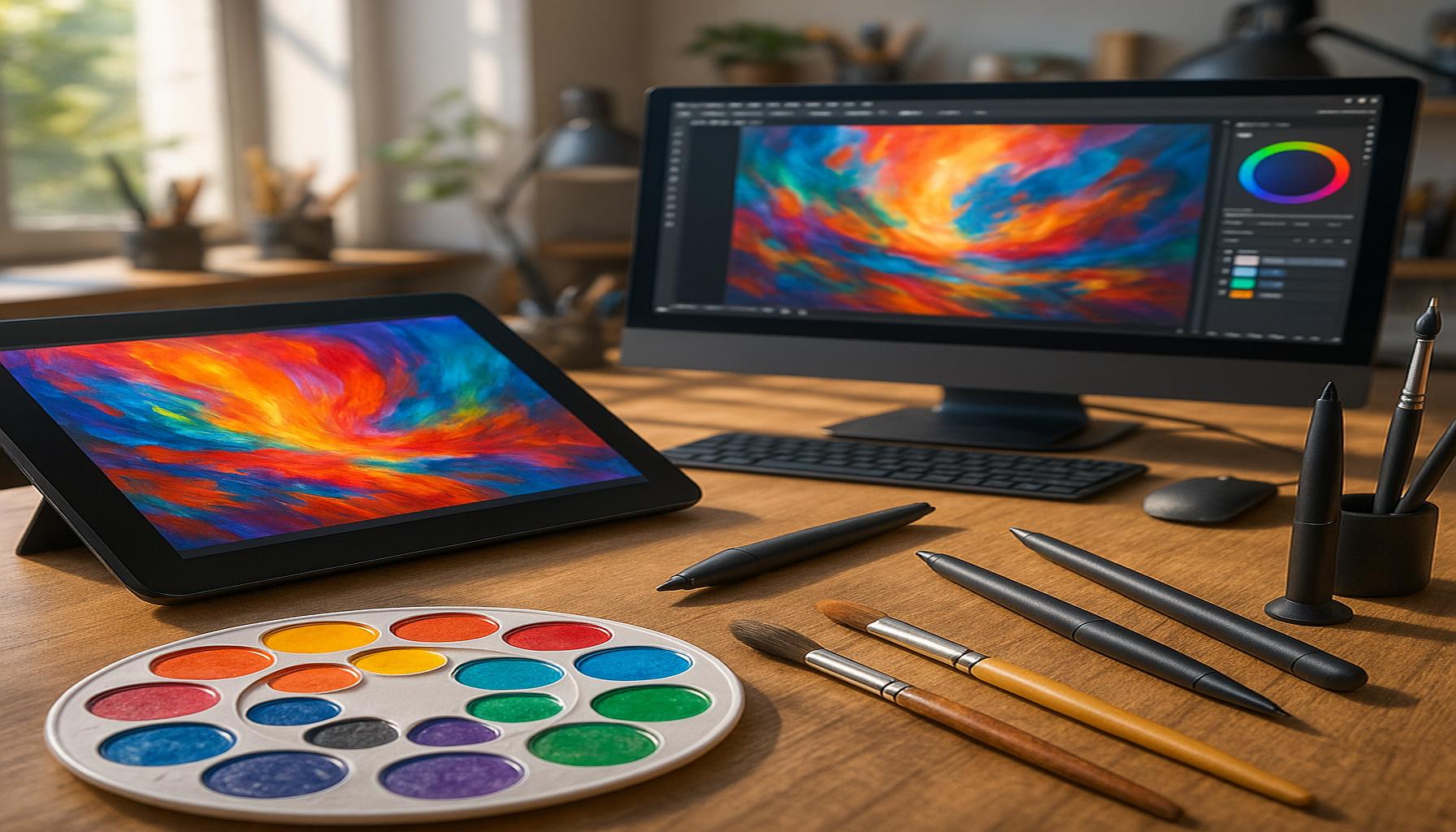
Unlocking the World of Digital Art
The realm of digital art is expanding at an unprecedented pace, transforming the way artists express their creativity. With a vast array of tools and techniques available, creating stunning artwork in the virtual world is now more accessible than ever. As technology continues to evolve, so does the artist’s toolkit. In recent years, digital art has not only gained acceptance but has emerged as a valid and revered form of art, blurring the boundaries between traditional and contemporary practices.
Why Explore Digital Art?
Artists are drawn to digital mediums for several compelling reasons:
- Endless Possibilities: Digital platforms offer limitless options for styles and effects. With a few clicks, artists can blend colors in ways that would be painstakingly tedious with traditional paints, or incorporate animations and interactive elements to enhance viewer engagement.
- Cost-Effective: Digital tools often reduce the need for physical materials. Traditional art can require significant investments in canvases, paints, and brushes, while many digital tools are either low-cost or even free, democratizing the art-making process.
- Easy Edits: Artists can manipulate their work without the risk of damaging it. The ability to undo mistakes and adjust elements on a whim allows creators to experiment freely, pushing their artistic boundaries without fear of permanent errors.
Moreover, the digital art community is thriving, fueled by online resources and social media platforms. Artists can now share their work globally, gaining feedback and inspiration from peers across the United States and beyond. Platforms like Instagram and Behance serve not just as galleries but also as networking opportunities, connecting budding artists with established professionals and potential buyers. Communities on sites like DeviantArt and ArtStation foster collaboration and competition, encouraging artists to refine their skills and innovate collectively.
Key Digital Art Tools
To start your journey in digital art, consider exploring:
- Graphic Tablets: Essential for drawing and painting digitally. Tablets like the Wacom Intuos series offer pressure sensitivity and precision that closely mimic traditional drawing techniques, making the transition to digital smoother for many artists.
- Software Programs: Tools like Adobe Photoshop and Procreate are industry standards, offering a wide range of brushes and editing capabilities. Programs like Clip Studio Paint cater specifically to comic artists and illustrators, enabling detailed illustrations with ease.
- 3D Modeling Software: Applications such as Blender allow for innovative expressions of artistry. Blender’s open-source nature has garnered a robust community that shares resources and tutorials, making it easier for newcomers to delve into 3D art and animation.
As we embark on this exploration of digital art, prepare to uncover not just the tools at your disposal but also the techniques that will elevate your artistic endeavors in the vibrant virtual landscape. Whether you are a seasoned artist looking to transition to digital or a newcomer eager to start your creative journey, the world of digital art promises excitement and endless opportunities for innovation and self-expression.
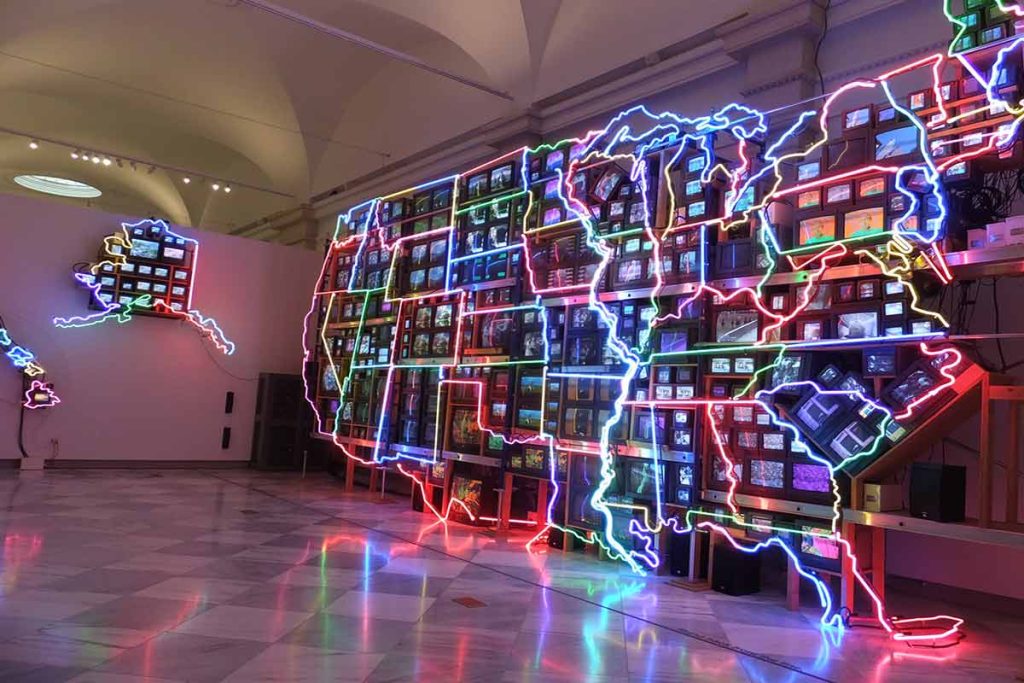
DIVE DEEPER: Click here to discover more
Essential Techniques to Kickstart Your Digital Art Journey
Once you’ve equipped yourself with the right tools, the next step is to immerse yourself in the various techniques that can elevate your digital art skills. Mastering these techniques will not only refine your abilities but also allow you to explore the full potential of your tools. Here are some fundamental techniques to consider:
- Layering: One of the most powerful features in digital art is layering. It allows artists to separate different elements of their composition, making arbitrary edits without affecting the entire artwork. Utilizing layers effectively can enhance depth, promote organization, and make your creative process more efficient.
- Brush Customization: Digital art software generally comes with a wide variety of brushes, but customizing brushes to suit your unique style is a game-changer. Artists can create textures that mimic traditional techniques or develop new ones that redefine how they approach their work. Familiarizing yourself with brush settings can result in distinctive, personalized artwork.
- Color Theory: Understanding the principles of color theory remains just as crucial in digital art as in traditional mediums. Digital artists can experiment with color palettes easily, allowing them to test various schemes before committing to a final look. Tools like color wheels and harmony calculators can facilitate this exploration, making it easier to achieve the desired mood or atmosphere.
Furthermore, the significance of texture and lighting in digital art cannot be overstated. The combination of these two elements can drastically transform an artwork. Techniques such as digital painting, photo manipulation, or even 3D rendering can all utilize textures for added realism. Lighting is equally important; understanding how light interacts with different surfaces can guide artists in creating visually compelling pieces.
Another increasingly popular technique is the incorporation of animations and motion graphics. Artists can bring their creations to life through subtle animations, thus engaging audiences in a new and exciting manner. Programs like Adobe After Effects allow for seamless integration of traditional art with digital movement, widening the scope for artistic expression. Whether you are aiming to create an intimate GIF or a full animated story, motion graphics have opened new pathways for creativity.
Collaboration and Online Resources
The beauty of digital art lies not only in its creation but also in the community that surrounds it. Engaging with other artists online can lead to collaborative projects that expose you to different styles and perspectives. Websites like Skillshare and Udemy offer courses specifically tailored for aspiring digital artists, while YouTube is brimming with tutorials on nearly every technique imaginable.
As you delve into the world of digital art, remember to explore innovative platforms and communities that encourage sharing, collaboration, and feedback. Whether it’s joining online forums or attending local workshops, these connections can provide essential support and inspiration on your artistic journey.
Digital art is not merely about creating visuals; it encompasses a vast universe of techniques, styles, and collaborative possibilities waiting to be discovered. Prepare to embark on a continuous journey of learning and innovation as you develop your artistic voice in the virtual realm.
Unleashing Creativity with Digital Tools
In the dynamic realm of digital art, artists are empowered like never before by a plethora of tools and techniques that enrich their creative processes. Digital art software such as Adobe Photoshop, Corel Painter, and Procreate offer extensive functionalities, enabling artists to manipulate images with precision and harness the power of layers and brushes. Artists can create everything from hyper-realistic paintings to vivid illustrations, pushing the boundaries of imagination in ways that traditional mediums cannot.
The Importance of Learning Techniques
Understanding the various techniques in digital art is essential for both budding and seasoned artists. Techniques such as digital sketching, 3D modeling, and vector art provide artists with versatile methods to express their visions. Additionally, exploring animation and motion graphics expands opportunities, granting life to static images and engaging viewers more dynamically.
Digital Art Communities and Collaboration
The rise of social media platforms and online forums has fostered a vibrant community of digital artists. These spaces provide crucial networking opportunities and platforms for feedback, collaboration, and inspiration. Engaging with other artists allows individuals to refine their craft, share knowledge, and discover new trends in the industry. From participating in online challenges to collaborating on projects, these connections can lead to exciting career opportunities.
| Category | Details |
|---|---|
| Digital Tools | Adobe Photoshop, Procreate, Corel Painter |
| Techniques | Digital sketching, 3D modeling, animation |
As artists immerse themselves in these tools and techniques, they not only elevate their work but also contribute to the ever-evolving landscape of digital art, paving the way for innovative developments in the field.
DISCOVER MORE: Click here to explore eco-friendly crafting
Diving Deeper: Advanced Techniques and Trends in Digital Art
As you become more comfortable with the foundational techniques of digital art, it’s time to explore advanced techniques that can enhance your artistic repertoire. The digital art landscape is constantly evolving, with new trends and technological methods reshaping how artists create. Here are several noteworthy practices to consider:
- Vector Art: Unlike raster graphics, which rely on pixels, vector graphics are created using paths defined by mathematical equations. This allows artists to scale their work without losing quality, making it ideal for illustrations, logos, and designs that require precision. Software such as Adobe Illustrator is a leading tool for creating vector art, which offers flexibility and sharpness in professional designs.
- Photo Bashing: This technique involves combining various photographic elements into one cohesive piece. By using digital brushes and photo manipulation software, artists can blend real images with painted elements to create dynamic compositions. Photo bashing is particularly popular in concept art, as it allows for rapid iteration and experimentation while building rich, textured backgrounds.
- 3D Modeling and Sculpting: With advancements in technology, many artists are now exploring 3D modeling as an essential part of their art practice. Software such as Blender and ZBrush enables the creation of intricate three-dimensional forms and environments. Digital sculpting, in particular, allows artists to manipulate virtual clay in real-time, leading to unique creations that can be rendered for both animation and 3D printing.
In the realm of digital illustration, staying updated on industry trends is vital. Recently, there has been a surge in the popularity of NFT art (non-fungible tokens), which enable artists to sell original digital pieces on blockchain platforms. This groundbreaking transformation permits artists to retain ownership of their digital creations while providing them with a new revenue stream. Understanding the mechanics of NFTs and how to navigate platforms like OpenSea or Rarible can open a world of opportunities for artists looking to monetize their work.
Exploring New Media and Experimentation
Digital art is remarkable for its adaptability, allowing artists to merge various media and techniques to achieve innovative results. Incorporating mixed media—combining traditional elements such as drawing, painting, and collage with digital techniques—can lead to unique styles that distinguish an artist’s portfolio. This hybrid approach promotes creativity, enabling artists to push the envelope and redefine boundaries.
Moreover, artists are increasingly experimenting with augmented reality (AR) and virtual reality (VR) technologies. These platforms allow creators to build immersive art experiences that engage viewers on an entirely different level. With tools like Oculus Medium for VR sculpting or Adobe Aero for AR experiences, artists can transport audiences into their imagined worlds, making the viewing experience interactive and captivating.
Finally, consider the impact of AI and machine learning in digital art. Innovative programs can generate artwork based on algorithms and datasets, providing a collaborative environment between human creativity and artificial intelligence. Platforms like DeepArt and Artbreeder exemplify how technology can assist artists in exploring new styles and creating visually striking outputs. Engaging with these technologies can offer a fresh perspective, allowing for the fusion of artistic vision with cutting-edge science.
By diving deeper into these advanced techniques and embracing new media, digital artists can truly expand their horizons. The landscape of digital art is rich and diverse, filled with endless opportunities for exploration and innovation that await the eager creator.
DISCOVER MORE: Click here for tips on elevating your food presentation
Conclusion: Embracing the Future of Digital Art
As we navigate through the fascinating world of digital art, it becomes clear that this medium offers unparalleled possibilities for artistic expression. By mastering the core tools and techniques, such as vector art, photo bashing, and 3D modeling, artists can unlock their creative potential and create mesmerizing works that captivate audiences. The integration of augmented reality (AR) and virtual reality (VR) is reshaping the viewer’s experience, inviting imagination and interaction in ways previously thought impossible.
Moreover, the emergence of NFT art presents not only a revolutionary method of art monetization but also a means for artists to reclaim ownership in the digital sphere. Venturing into the realms of AI and machine learning provides artists with cutting-edge tools that can assist in their creative journey, fostering an exciting partnership between human ingenuity and advanced technology. Throughout this exploration, the importance of staying informed about industry trends cannot be overstated, as it empowers artists to adapt and thrive in an ever-evolving landscape.
By embracing these innovative techniques and continuously experimenting with new media, digital artists can carve out unique identities that stand out in an ocean of creativity. The virtual world is brimming with opportunities for those willing to explore its depths, and it promises an inspiring future for the artistic community. So grab your digital canvas and let your imagination run wild—art in the virtual realm awaits your touch.
